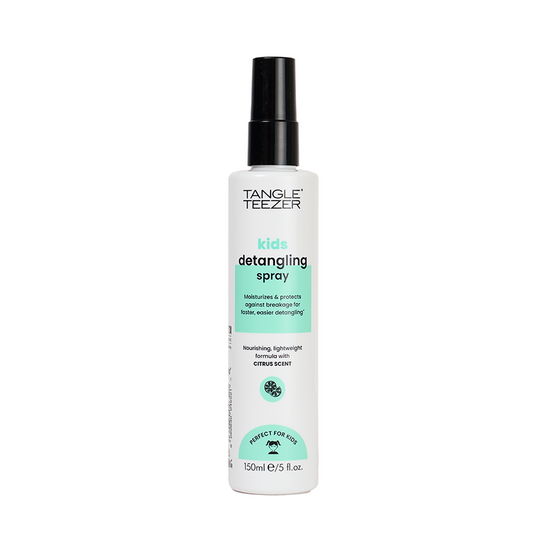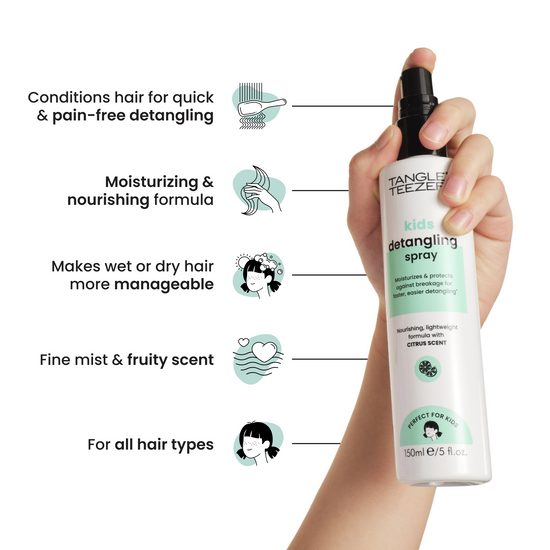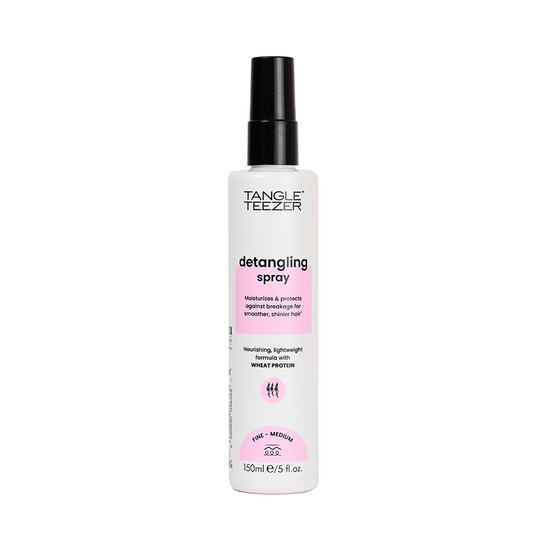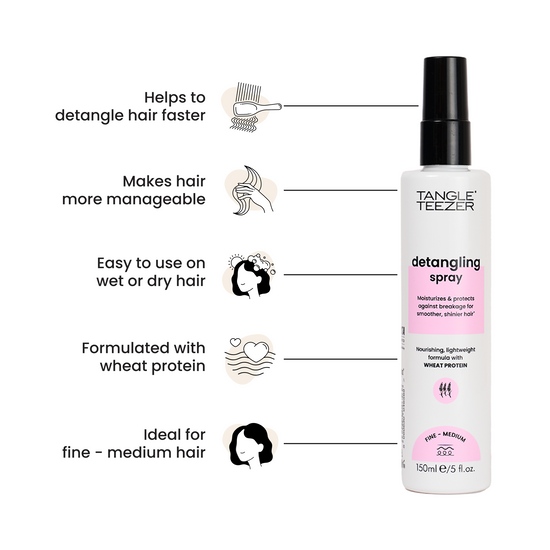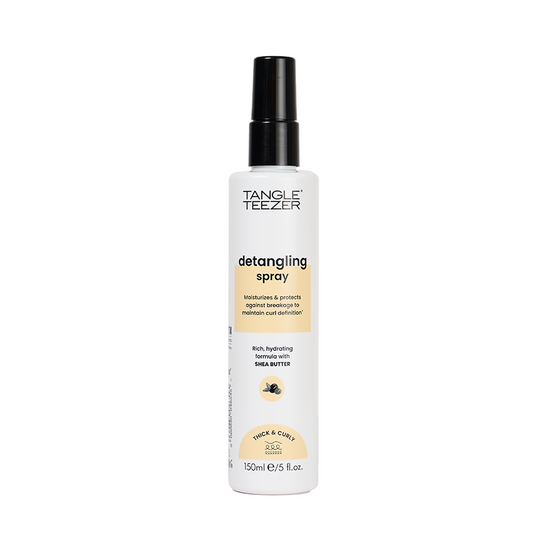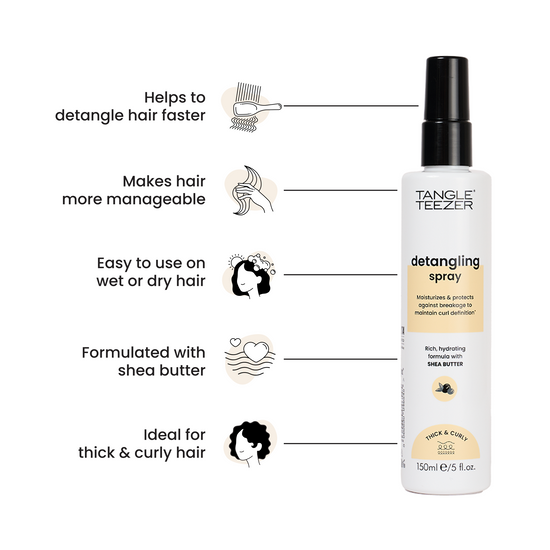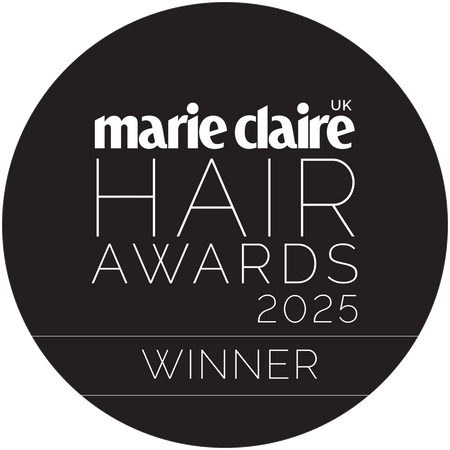If isolation has given us one thing, that’s time, people. And 2020 certainly taught us all that we need to ‘upskill’ our at-home beauty regimes. So, while time’s on our side, Dr Sharon Wong shares her healthy hair hacks. The best bit? Once the salons are open again, you’ll have all the tips and tricks to keep your salon-fresh locks straight from home.

As one of the few dermatologists in the UK to specialise in hair and scalp disorders, Dr Sharon Wong (aka ‘the tricho derm’), is your healthy hair dream girl. Taking an integrated and medical approach to hair, skin and scalp health, she totally gets that our relationship with hair is so much more than about appearance. In these crazy times, when so much feels out of our control, hair care is self-care. It’s our identity. If managed well from home, it’s one of the few things that can be in our control. We head over to the expert.
Healthy hair starts at home
Be honest, hons. Have some of your healthy hair habits gone out the window while we’ve been going nowhere? Regardless of colour, texture or style – it’s easy to get back into the swing of swish, shining strands and get the thing that nearly everyone wants: hair that looks like it’s been at the salon every week.
- Lockdown lovin’ had me a blast:Take advantage of this time to lock down a good routine for your locks. No face-to-face meetings, less socialising… that could all be a blessing in disguise for giving your hair a break from heat styling, sleek up-dos, and harsh chemicals.
- Beat the heat:Less is more when it comes to styling and hair health. And over time, repeated heat and chemical processing damage the hair and protective cuticle layer. Soon, the hair loses shine while becoming drier and more prone to frizziness – but more importantly, it exposes this vulnerable core of the hair fibre to weathering and breakage. Healthy hair starts from the follicle on the inside, so do your best to beat the heat.
- Food for thought:Eating for your hair is a thing. The hair follicle cells are continually dividing to generate a growing hair fibre while replacing it with a new one when each strand naturally sheds. The follicles need all the macro-and-micronutrients of a healthy, balanced diet to keep up with this process. So, eat your greens, gal!
- Feast mode:We mentioned that good food = good hair. So, healthy sources of fats (oily fish, nuts and seeds), carbohydrates (brown rice and pulses), proteins (avocado, fish and eggs) and plenty of antioxidant-rich vitamins and minerals (fresh fruit and veg) are all fuels required to sustain healthy hair growth.
- The stress-tress connection is real:Here’s where things get real science-y. Stress results in neurochemical substances releasing from the brain, which can hinder hair follicles’ growth. Stress can also result in various hair loss conditions, including hair shedding! So, as well as being fab for your overall wellbeing, stress management can make a difference in reducing the risk of stress-related hair loss. These can be as simple as using relaxation techniques, like ASMR, practising meditation or mindfulness.
- Get your hair (and hands) on the right tools:Hair is unique, so should be your hairbrush. So, whether your hair is fine and fragile, thick and curly, or maybe you just want something that gently glides through vulnerable wet hair – invest in the right tools for healthy hair from root to tip.
How to improve hair health
Rapunzel, we blame you for having us all believe that hair just grows and grows, while never succumbing to damage. And while she and other princesses have a lot to answer for, the truth is that damaged hair happens. The best way to treat this is to trim the damaged ends regularly (ideally every eight weeks or so), but we get this might be hard to do at the moment (anyone else having flashbacks of at-home haircuts?).
The good news is that products can make your hair look and feel smoother and thicker until your next wash and trim. And the best trick of the trade is to limit any further damage by letting go of home dyes and heat styling tools.
Get into a good hair care routine
An easy-to-do routine is an absolute necessity for maintaining (or improving) hair health – not just in lockdown, but for the long haul. And it doesn’t need to be overly complicated or expensive to pay off.
- Cleansing:As an essential step, how often you wash your hair also depends on your hair and scalp type. On average, three washes per week is good, but increase frequency if you regularly use styling products or exercise.
- Detangling:Use a speciality detangling brush, like the award-winning Original for regular hair types or The Wet Detangler specifically designed for shower-fresh hair. The tools you use to detangle make a massive difference with the right technology (like two-tiered flex teeth) that reduce breakage while maintaining the cuticle layer’s integrity. Take, for example, wet hair, which can stretch up to 30% its length without breaking – that’s why using a brush that doesn’t stretch hair beyond this point is so important.
- Conditioning:Detangling before a wash means that conditioners can easily comb through hair from mid-lengths to tips. Leave on for 3-5 minutes before rinsing off. Be sure to choose a conditioner that’s right for your hair type. For example, if you have fine hair, avoid heavy butters (i.e. shea) which are likely to weigh hair down. Or, if you usually use heats and hair dyes, pick a conditioner that’s rich in amino acids or hydrolysed proteins for a more restorative method.
- Blotting: Aka, don’t rub! Use a microfibre towel to blot and squeeze the hair to remove excess water. Rubbing the hair against a dry, coarse towel roughens up the cuticles – increasing frizz and hair’s tendency to break.
- Using heat:Try to let your hair air dry as much as possible before using a hairdryer, and always use a protectant spray before applying heat. If you’ve got to blow, go low. Dialling up the heat on wet hair essentially turns water molecules in the hair into steam, causing structural damage known as ‘bubble hair.’
- Hair loving:Treat yourself to weekly TLC. Take time for a deep condition or hair mask to provide extra hydration and strengthen your strands. Similarly, use a scalp exfoliant once a week containing an AHA (alpha hydroxy acid) or BHA (beta hydroxy acid) to get a deeper cleanse and improve the scalp’s cell turnover.
To learn more, read about Dr Sharon Wong and her services here
Customer Service
